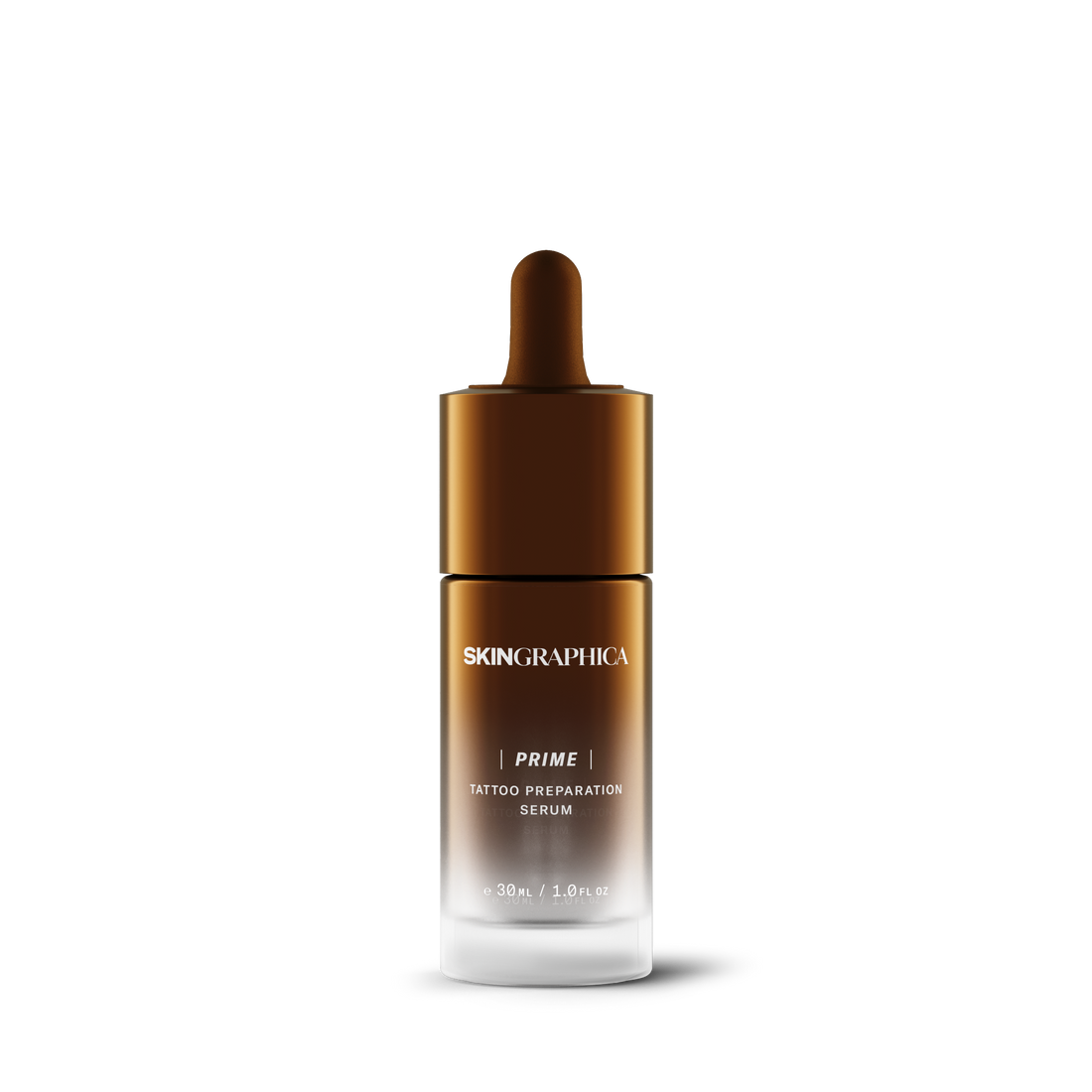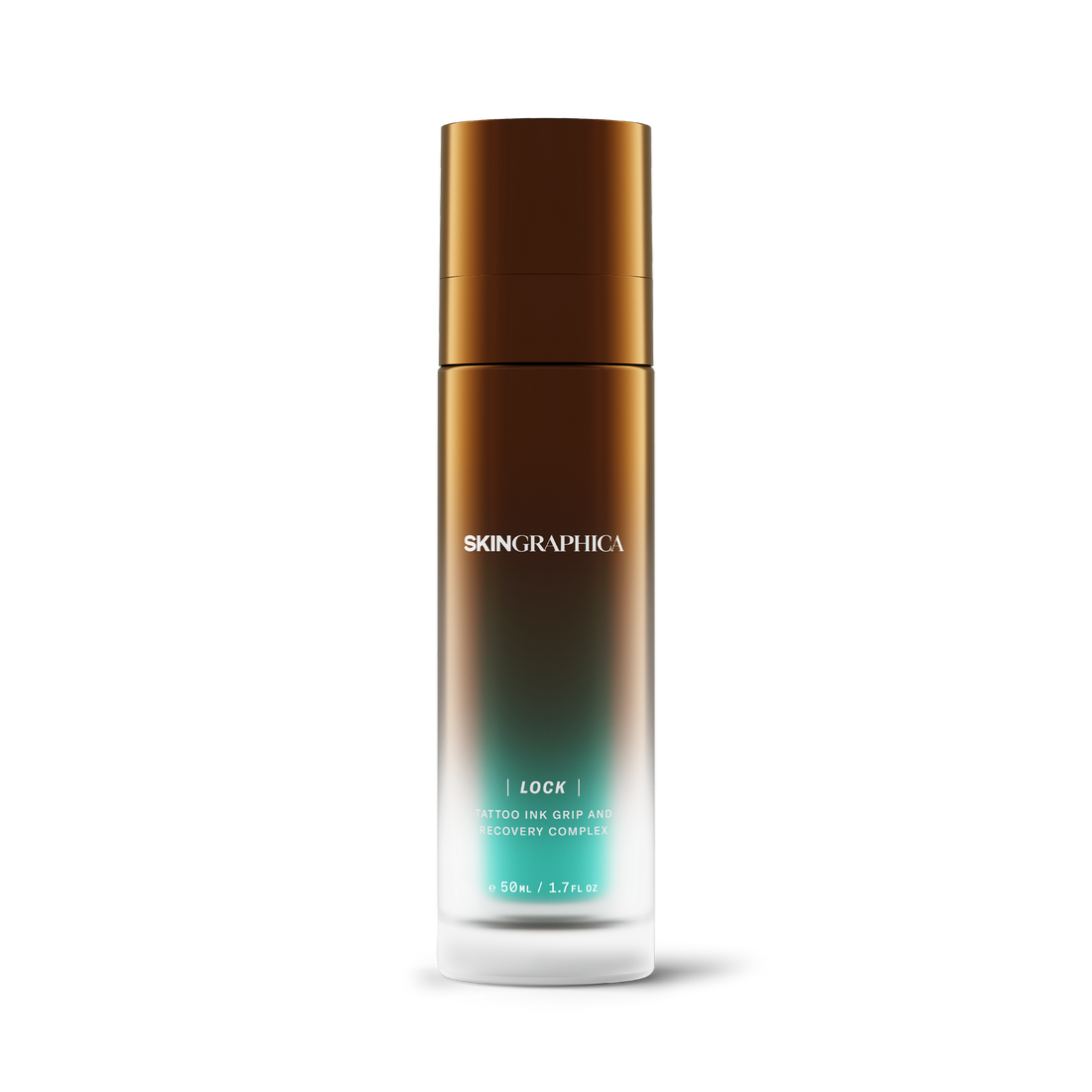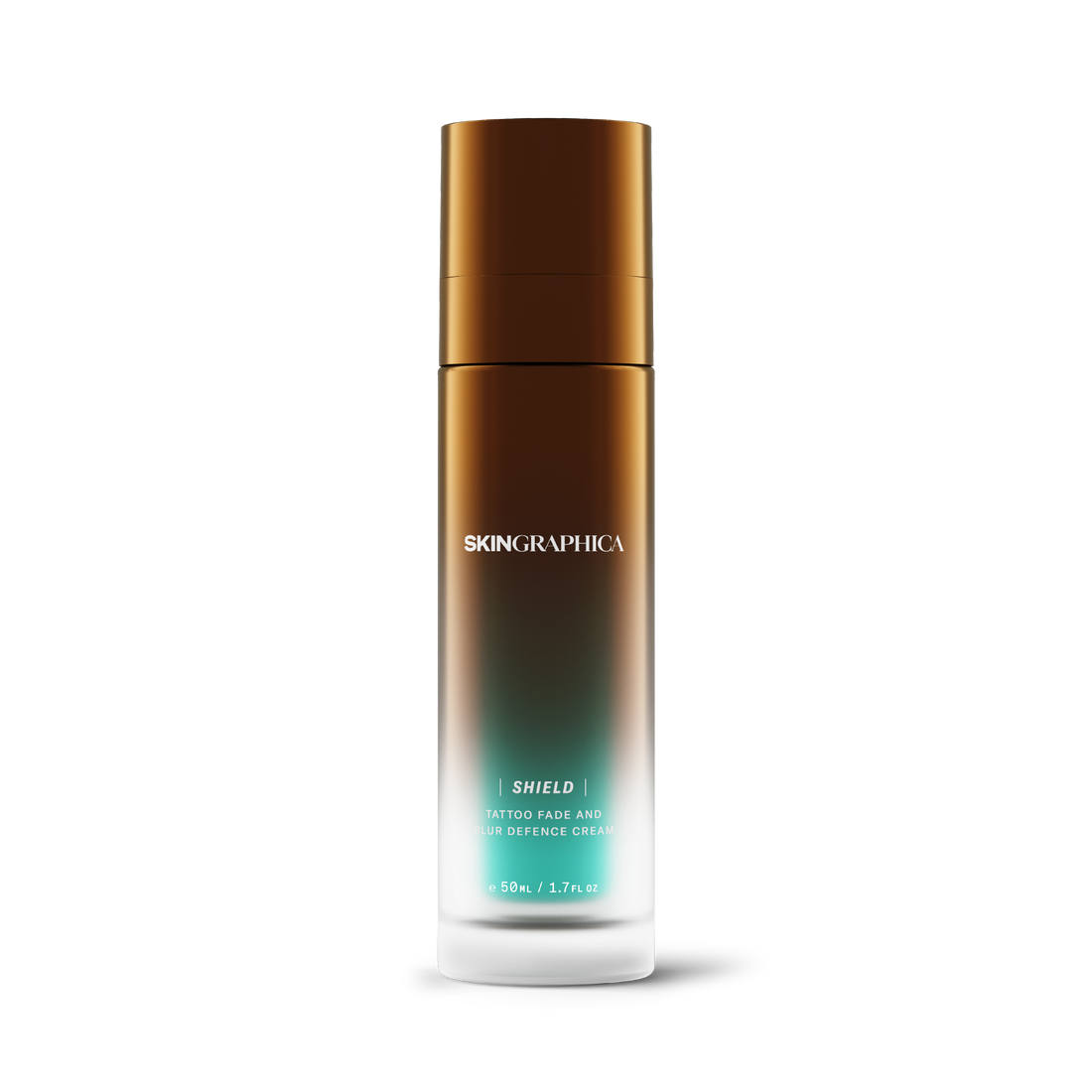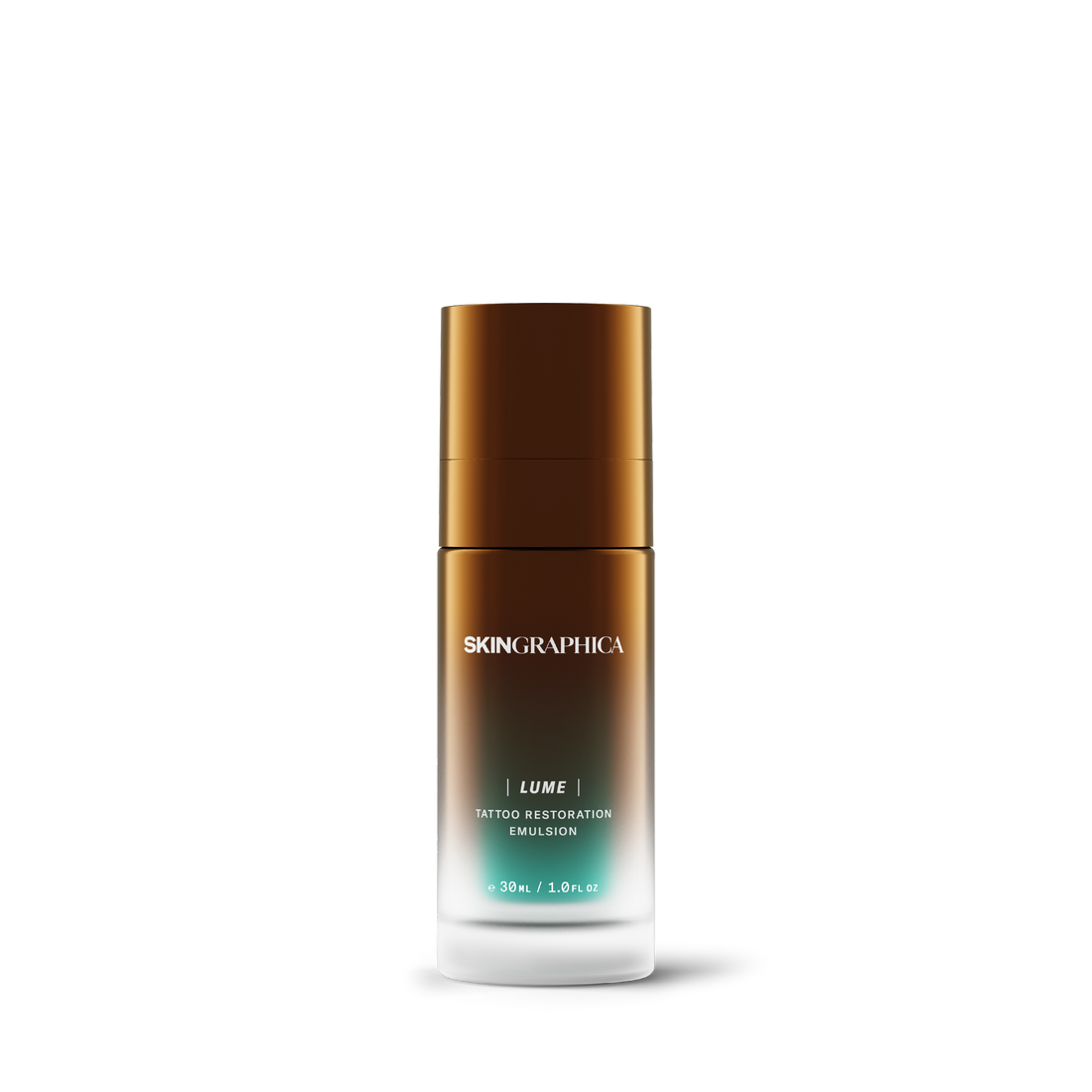1. Prehistoric Origins
~3370 BCE
The world’s oldest known tattoos were discovered on the mummified body of Ötzi the Iceman. His 61 carbon tattoos, likely therapeutic, predate Stonehenge and the Pyramids. This marks humanity’s earliest evidence of skin as both a medical and symbolic canvas.
↑ Back to Index
2. Ancient Egypt & the Divine Needle
2000–1000 BCE
Egyptian mummies, particularly female, were found tattooed with dot-and-line motifs. Tattooing here had ceremonial and possibly fertility-linked purposes. Ink was tied to divine ritual, especially among priestesses and temple workers.
↑ Back to Index
3. Polynesian Mastery
1000 BCE – Present
Polynesian cultures—Samoan, Maori, Marquesan—perfected tattooing as a sacred rite. The word tattoo itself stems from the Tahitian “tatau.” Designs marked lineage, bravery, and spiritual protection, often applied with chiselled bone tools. This artform became foundational to the global tattoo vocabulary.
↑ Back to Index
4. Greco-Roman Markings
500 BCE – 400 CE
In Greece and Rome, tattoos (stigmata) were used to brand criminals, slaves, and prisoners of war. But they also served religious functions in some cults. The duality of tattoos as both punishment and devotion emerged here.
↑ Back to Index
5. Medieval Suppression in Europe
500–1500 CE
Christian Europe outlawed tattoos as “pagan,” and for centuries, body marking all but vanished from the Western world. Exceptions existed among Crusaders who tattooed crosses on their bodies for religious pilgrimage and protection.
↑ Back to Index
6. Exploration, Colonisation & Ink Exchange
1500s–1700s
European explorers “rediscovered” tattooing via Polynesia, Japan, and the Americas. Notably, Captain Cook’s crew returned to Europe with tribal tattoos—sparking both fascination and cultural appropriation. Tattooing re-entered Europe, now exoticised.
↑ Back to Index
7. The Sailor Tattoo Boom (1700s–1800s)
Tattoos became a rite of passage for Western sailors. Nautical motifs—anchors, swallows, compasses—developed their own symbolic language. By the 1800s, tattoos were common among seafarers, rebels, and military men.
↑ Back to Index
8. The Invention of the Electric Tattoo Machine (1891)
New York tattooist Samuel O’Reilly patented the first electric tattoo machine, adapting Thomas Edison’s autographic printer. This dramatically increased speed and precision, paving the way for modern tattoo studios.
↑ Back to Index
9. The Underground Years (Early 1900s)
Tattoos were pushed underground in Western societies, often associated with the circus, criminals, and outlaws. Heavily tattooed performers (like the famous “Tattooed Lady”) toured freak shows. Ink was taboo but tantalising.
↑ Back to Index
10. Post-War Tattoo Culture (1940s–60s)
Soldiers and sailors in WWII returned with tattoos commemorating battles, lovers, and comrades. Ink symbolised masculinity, trauma, and loyalty—but remained outside polite society. Tattoo parlours were often hidden in red-light districts.
↑ Back to Index
11. The Birth of Modern Tattoo Art (1970s–80s)
A counterculture of artists—Ed Hardy, Sailor Jerry, Leo Zulueta—revolutionised tattooing as art, blending American Traditional, Japanese Irezumi, and blackwork styles. Hygiene standards improved. Tattooing began evolving from fringe to form.
↑ Back to Index
12. Mainstream Ink (1990s–2000s)
Pop culture exploded with tattoos. Celebrities, athletes, and musicians normalised ink on prime time. TV shows like Miami Ink and LA Ink brought tattoo artistry into living rooms. The stigma faded; individuality reigned.
↑ Back to Index
13. Ink Renaissance & Social Media Era (2010s–Present)
Instagram transformed tattooing: artists became global celebrities, and styles diversified (fine line, geometric, microrealism). Cultural sensitivity, diversity, and skin-type awareness grew. Tattooing became more inclusive, precise, and expressive than ever.
↑ Back to Index
14. Today & Beyond: Tattooing as Fine Art
Tattoos now appear in galleries, fashion campaigns, and museums. With advanced pigments, biotech aftercare (like Skingraphica), and AI-driven design, the future of tattoos sits at the intersection of art, tech, and identity. Ink is no longer just skin deep—it's cultural currency.
↑ Back to Index








